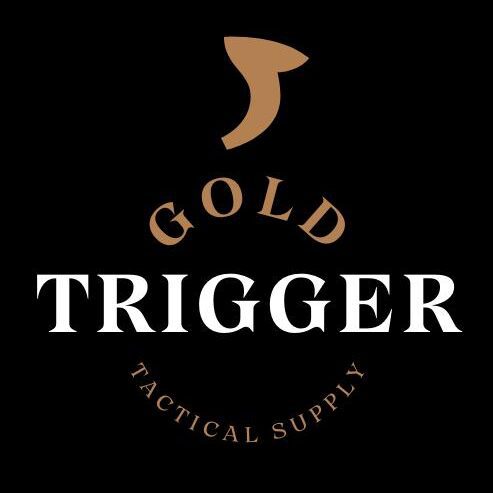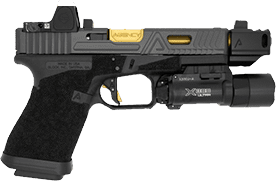Admin

SureFire Weapon Light: Ultimate Brand Guide
Reading Time: 10 mins 19 sec SureFire weapon lights cost substantially more than alternatives—but what’s the real difference? You’ll discover...

Streamlight Weapon Lights: Brand Guide & Comparison
Reading Time: 10 mins 33 sec You need a weapon light that actually works when darkness falls—but which Streamlight model...
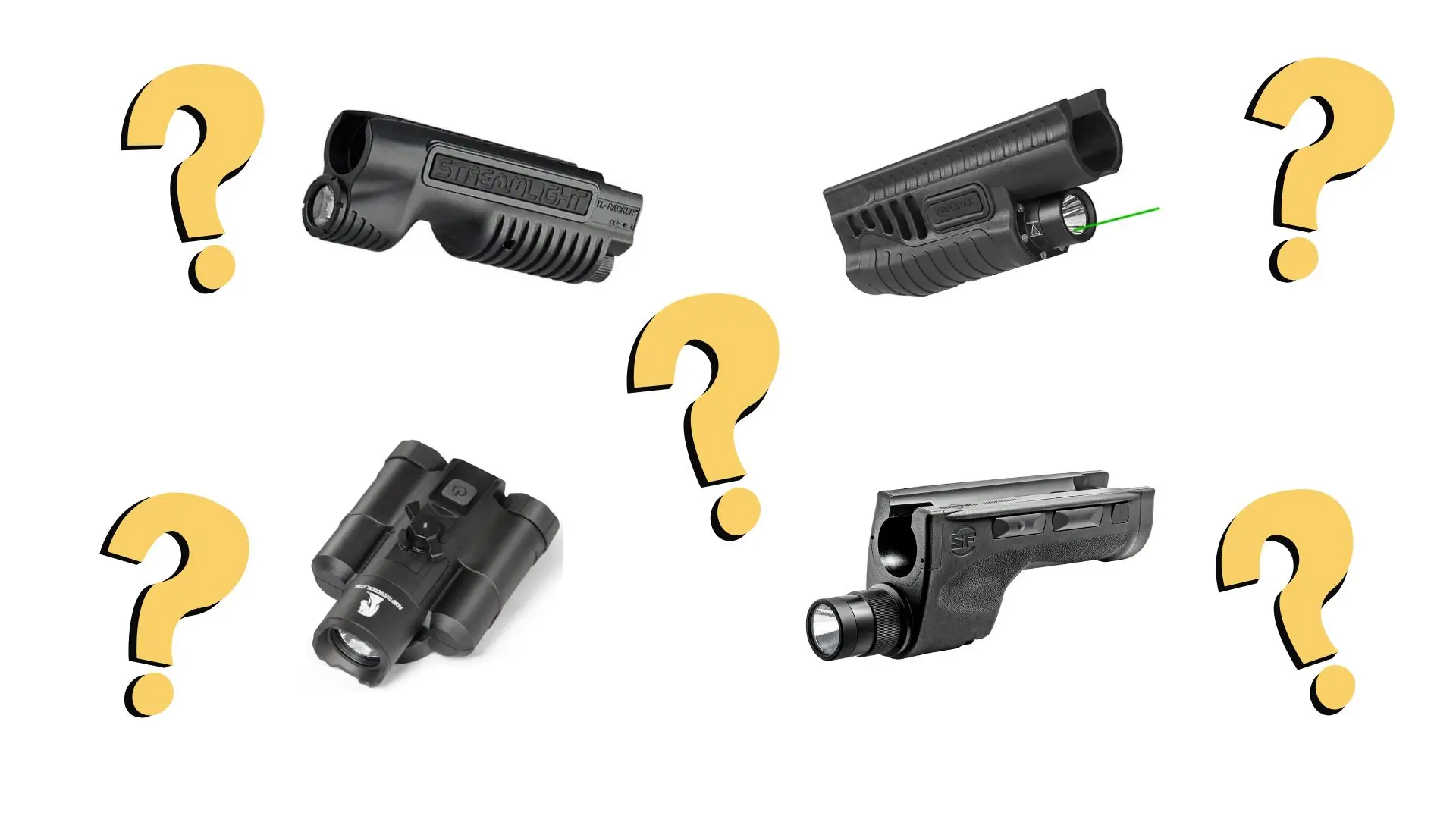
Best Shotgun Lights in 2025: Home Defense & Tactical Guide
Reading Time: 13 mins 27 sec You need a shotgun light—but mounting one isn’t as simple as attaching a pistol...

Best Rifle Lights in 2025: AR-15, AK, and Long Gun Solutions
Reading Time: 10 mins 40 sec Your rifle light does more than just illuminate targets—it can mean the difference between...
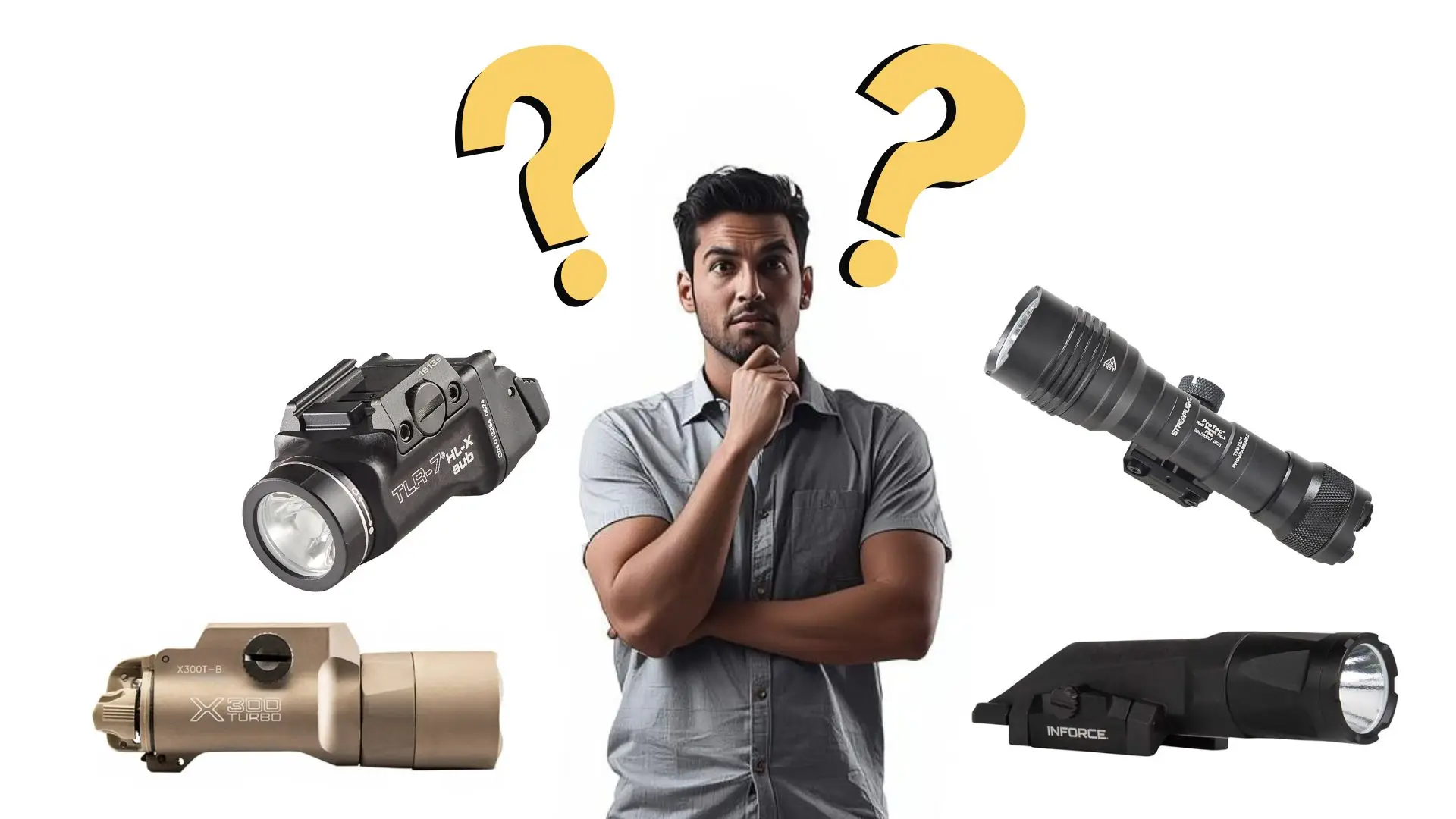
The Complete Guide to Weapon Lights
Reading Time: 13 mins 59 sec Each year, a large share of violent crimes happen during late evening hours—data show...
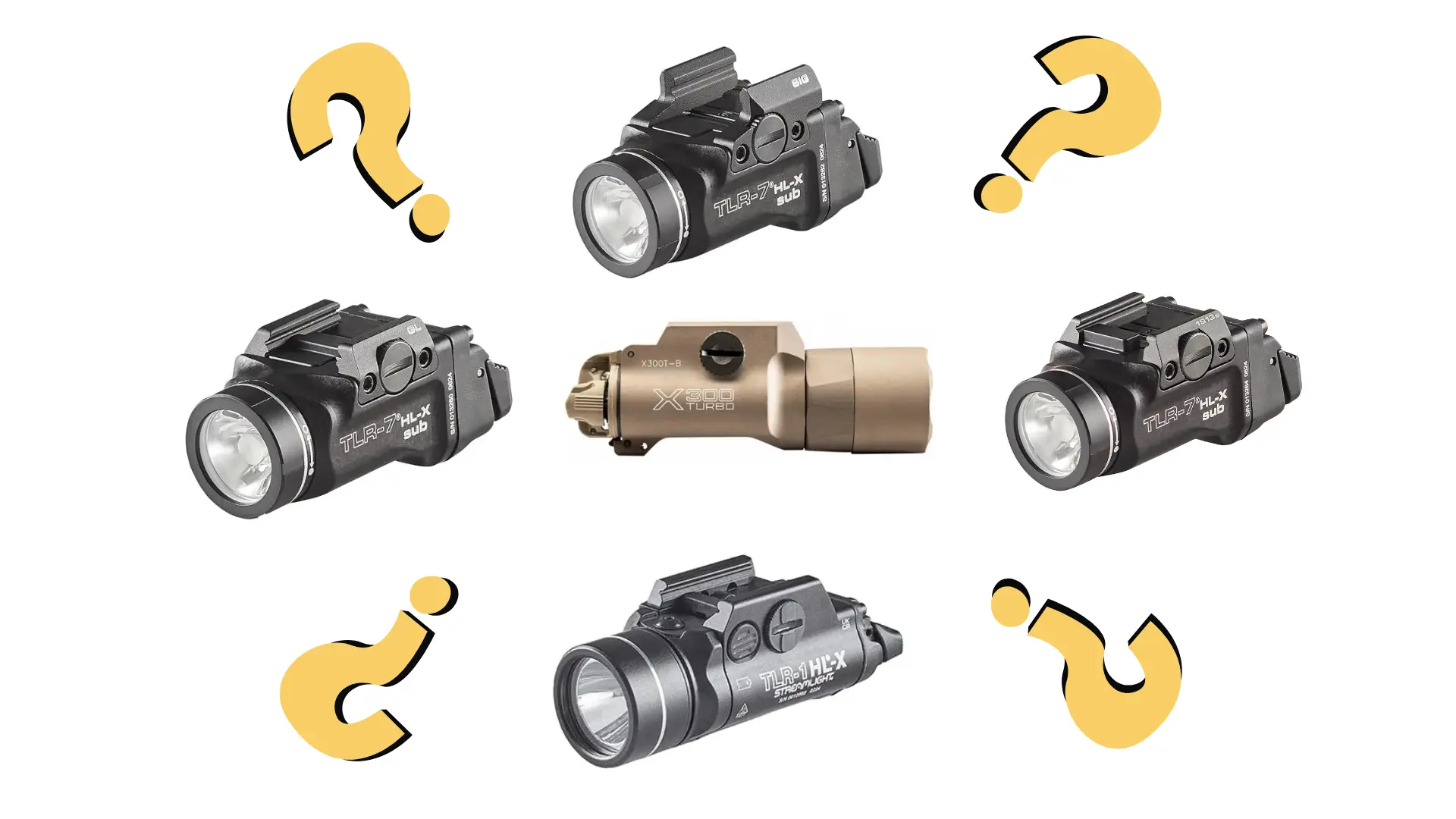
Best Pistol Lights in 2025: Complete Buying Guide
Reading Time: 8 mins 15 sec You need a pistol light—but which one actually fits your gun, your budget, and...
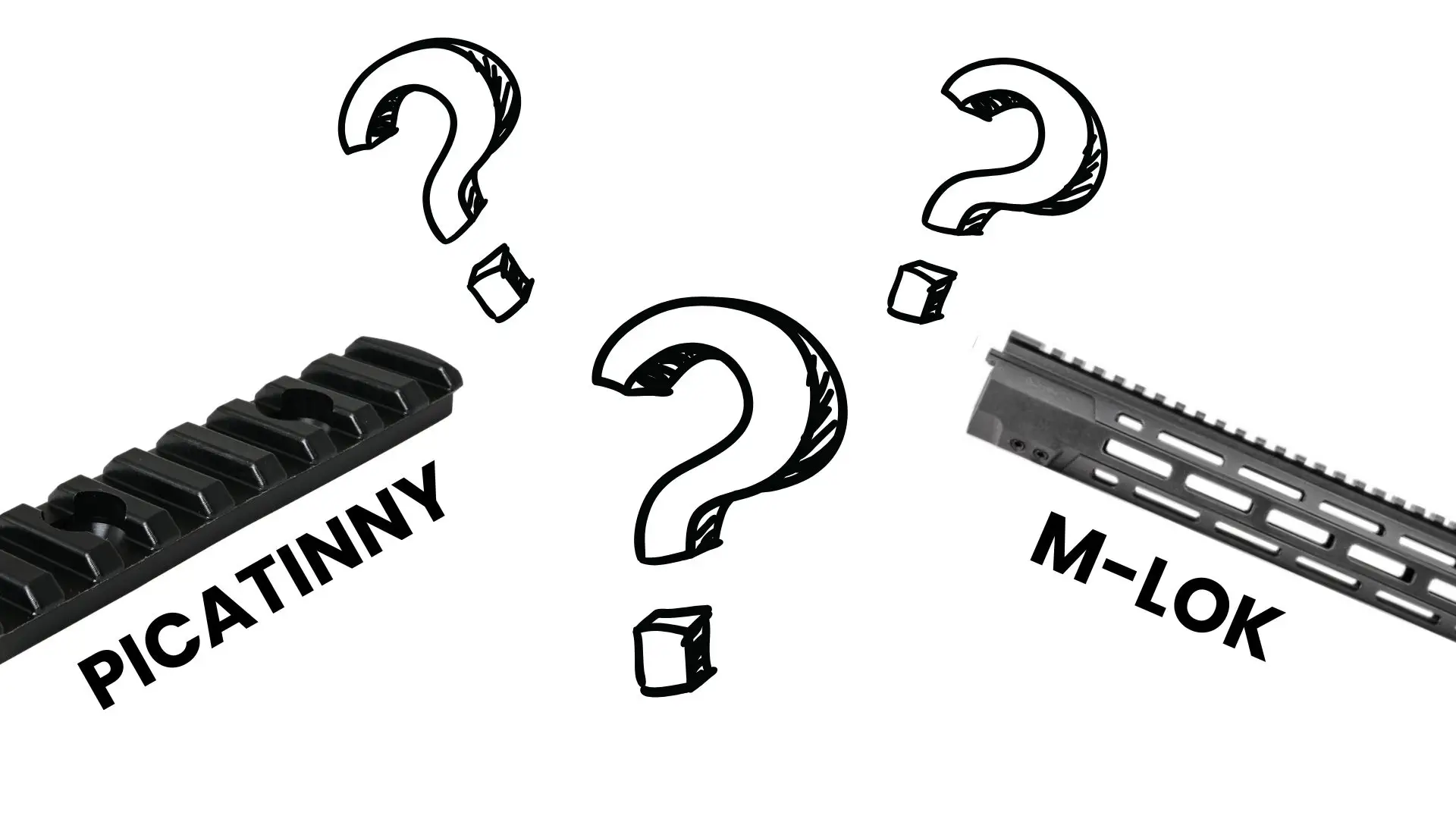
M-LOK vs Picatinny: Which Rail System Wins?
Reading time: 12 mins 32 sec Choosing a rail system changes how your rifle feels and how you mount gear....
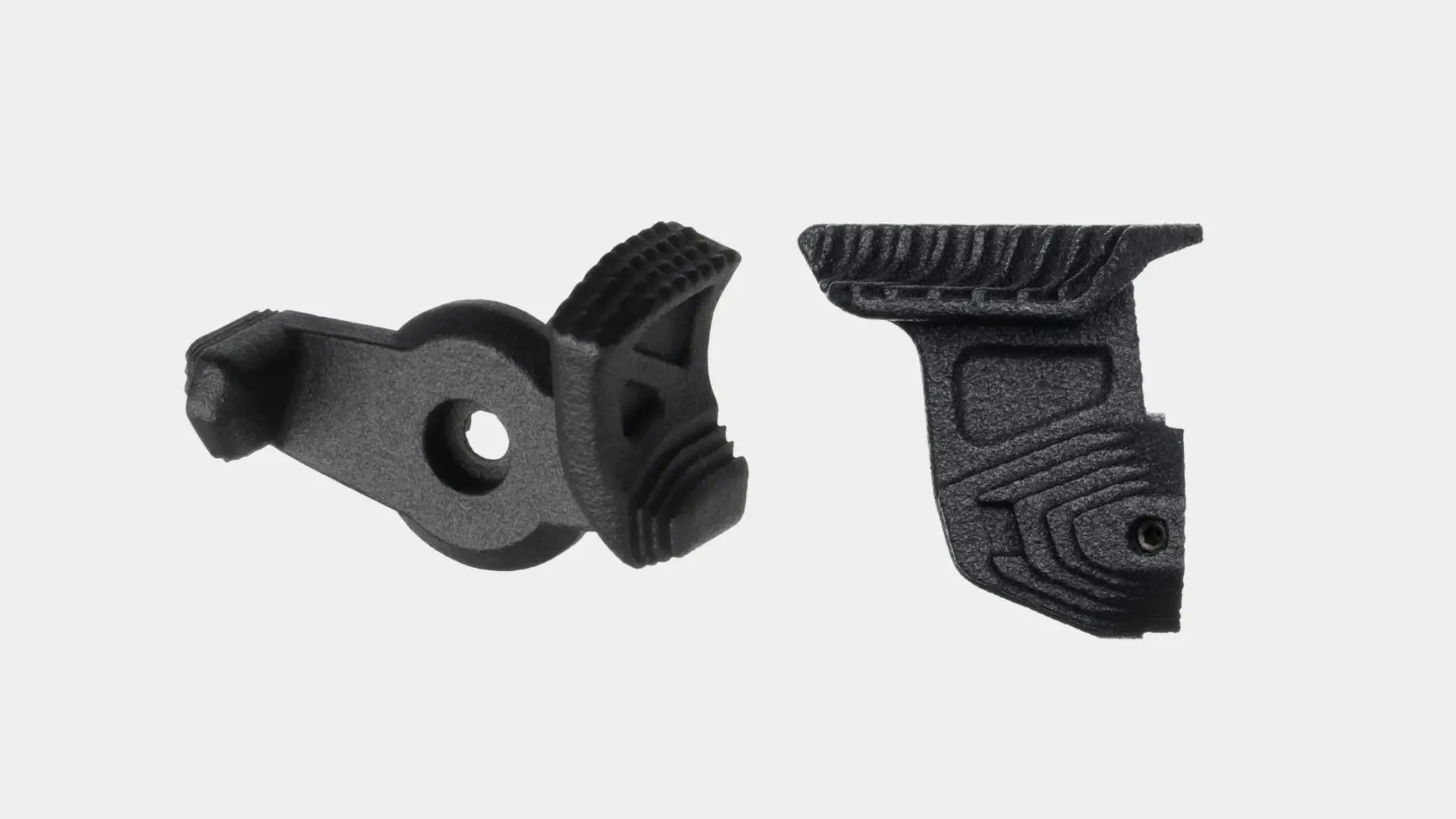
Emissary Development Paddle Shifter: Performance Guide
Reading time: 9 mins 8 secs The Emissary Development paddle shifter moves the light switch so you can use it...
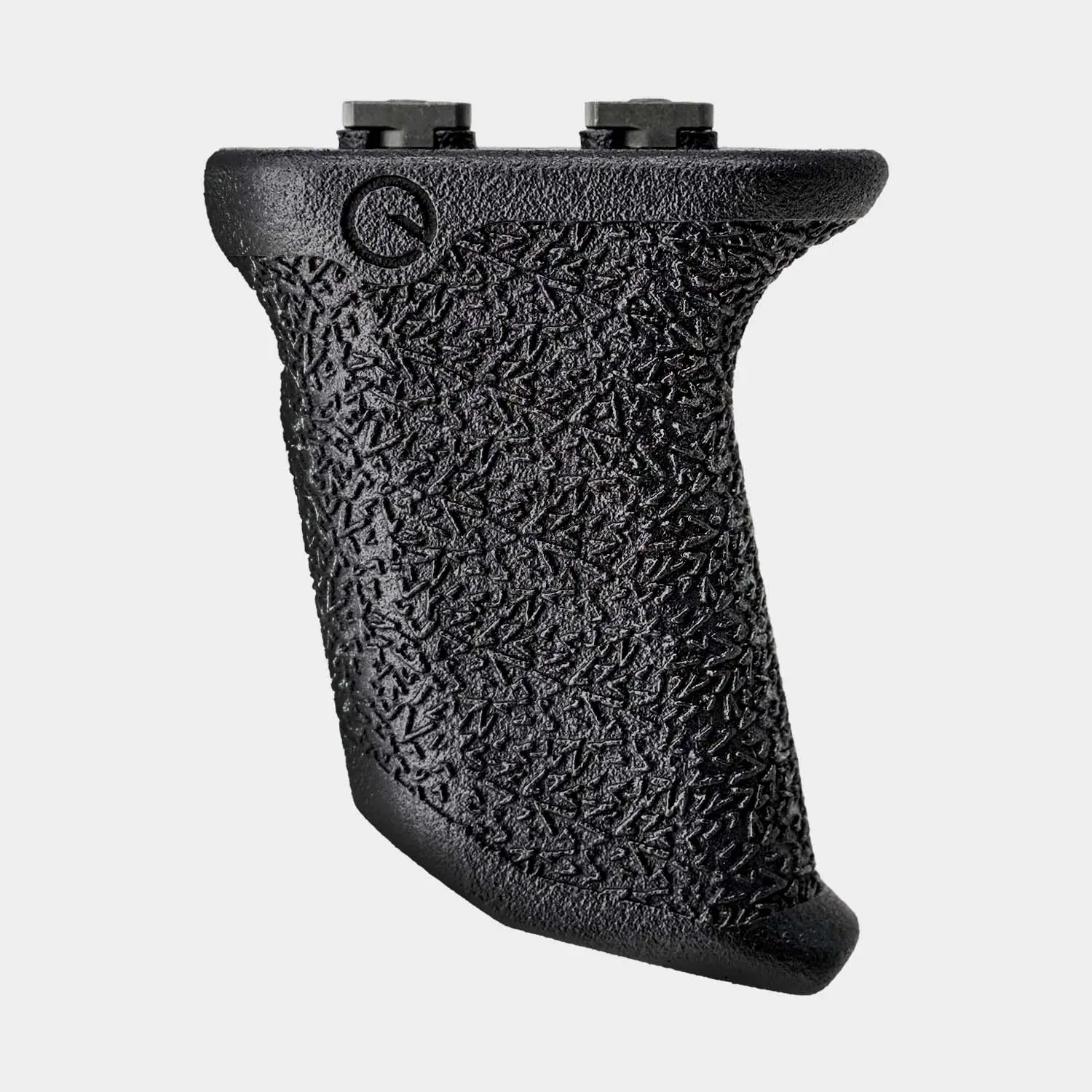
Emissary Development Accelerator: Complete Review Guide
Reading time: 9 mins 30 secs The Emissary Development Accelerator takes Emissary’s Handbrake ideas and turns them into a full-sized...
